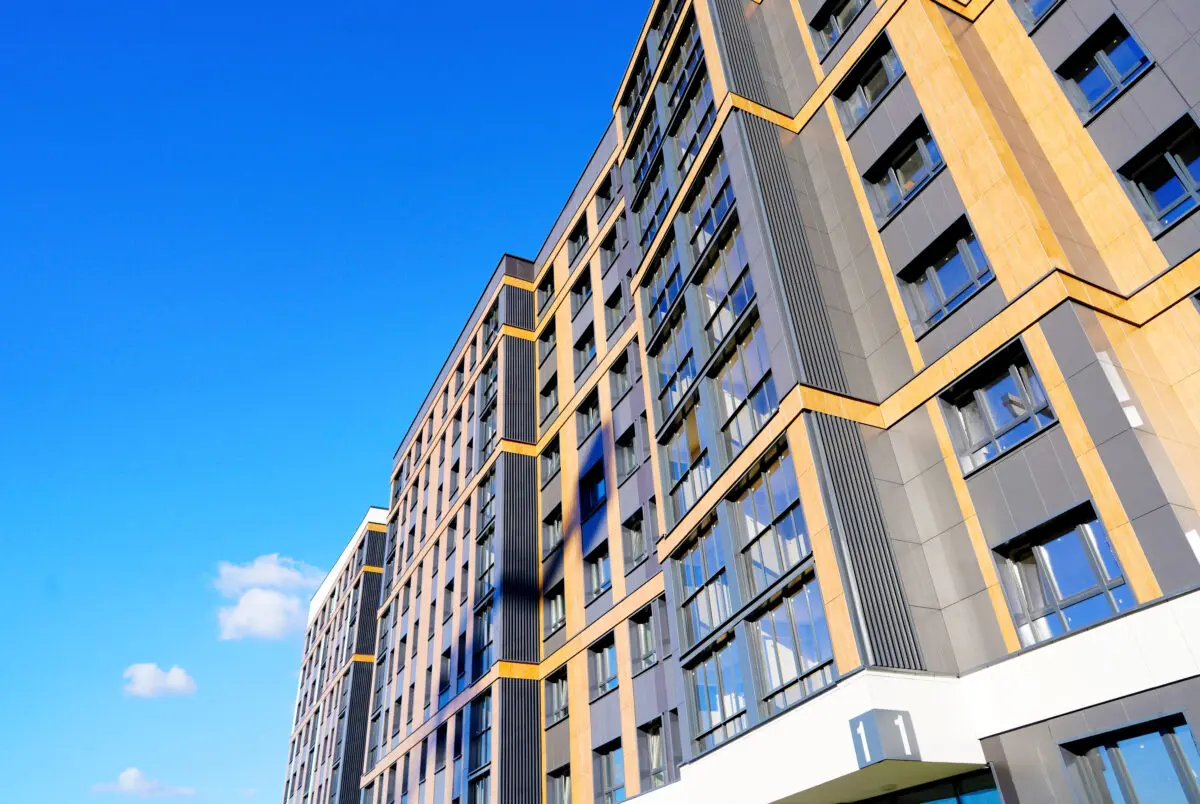Belinda Bagnall from Residentsline, outlines the key Health and Safety responsibilities and best practise, succinctly and with clarity.

Residents’ Management Company (RMC) directors take on a multifaceted role with many legal and regulatory requirements. Health and safety compliance is obviously vital for the comfort and safety of residents, but also for the legal protection of directors and officers
Directors’ obligations cover the health and safety of residents, visitors, contractors and staff that live in or enter the building. Understanding your obligations in their entirety is key, but potentially overwhelming.
Why Health & Safety Matters
Health and safety laws apply to all residential buildings with communal areas. These laws are enforced by the Health and Safety Executive (HSE) and local authorities.
As a director, you are responsible for making sure that all risks are identified and properly managed. Failure to comply can result in fines, legal claims, and damage to your company’s reputation. In worst-case scenarios, shirking responsibilities can lead to injuries or even deaths.
Prioritising health and safety also provides reassurance for your residents. If they are made aware of your efforts in this area, kept up to date on legal changes, and educated about the part they must play in maintaining safety, they will feel assured that your priorities are in the correct order.
Hazards in Common Areas
Shared areas such as entrance ways, lobbies, corridors, staircases, and car parks must be kept safe at all times. Slips, trips and falls are common in these spaces, and they can also either hinder fire safety or support it.
Residents’ Management Companies should carry out regular inspections and book regular risk assessments of all common areas. Floors must be kept clean and dry, lighting should be adequate, and any damage (such as broken steps or handrails) must be fixed quickly.
Fire Safety
Fire safety is also crucial. Fire exits must be kept clear, alarms tested regularly, and equipment like extinguishers should be checked for functionality. There are several laws in place that cover fire safety in residential buildings and your responsibilities within them will depend of the size of your property:
Regardless of building size, your duties will include:
- Ensuring the building has an up-to-date fire risk assessment
- Acting on fire safety recommendations following your assessments
- Managing communal fire doors and escape routes
- Communicating essential safety information to residents
- Cooperating with fire services or local authorities as required
Legionella Risk
Legionella bacteria can grow in water systems, especially where water is stored or not used regularly. If someone breathes in water droplets containing the bacteria, they can display flu-like symptoms or become seriously ill with Legionnaires’ disease.
A competent person must regularly assess the risk of Legionella in the building’s communal water systems. For low-risk properties, bi-annual checks are suggested. Annual checks should be completed for higher-risk properties, or immediately after any change or works to the building.
Assessments should include tanks, taps, showers, and any other water outlets in common areas. If any risks are found, you must take steps to control them. This might include flushing systems, keeping water temperatures at safe levels, and regular testing.
Asbestos Management
Many older buildings contain asbestos, which is dangerous if disturbed. It can cause long-term health problems including lung cancer and asbestosis. If your building was constructed before the year 2000, it may well contain asbestos containing materials.
Buildings should be assessed by a licensed professional on an annual basis. The results should be recorded in an asbestos register. If asbestos is found, you will need a management plan to prevent exposure – this could involve sealing it, removing it, or monitoring its condition regularly. Contractors working in the building must also be made aware of any asbestos risk and be provided with a copy of your building’s register.
Lift Safety
If your building has a lift (passenger or service), you have a legal duty to ensure it is safe and properly maintained. Lifts must be serviced regularly by a qualified engineer. They must also be inspected under the Lifting Operations and Lifting Equipment Regulations (LOLER). This inspection should happen every six months and be carried out by a competent person who is independent from the maintenance contractor. Any faults must be fixed promptly, with records of servicing and inspection kept safely stored and accessible.
You can take the stress out of this element by taking out our Lift Insurance and Inspection cover – read more here.
Electrical Compliance
Electrical safety is another key area. Communal systems including lighting, sockets, entry systems and fire alarms must all be safe and in good condition.
These systems should be tested and inspected regularly by a qualified electrician. For most installations, an Electrical Installation Condition Report (EICR) should be carried out every five years. Any defects must be addressed immediately.
Any portable appliances used in communal areas (e.g. hoovers or power tools kept on site for use by cleaners and contractors) will need regular Portable Appliance Testing (PAT) too.
Staying Compliant Through Best Practice
Keeping these simple strategies in mind will simplify your approach to health and safety management:
- Keep clear records of all inspections, tests, and maintenance work.
- Engage qualified professionals for surveys, inspections, and repairs.
- Keep an up-to-date health and safety policy.
- Carry out regular risk assessments and review them after any major changes.
- Ensure good communication with residents and contractors about any known risks.
- Appoint a property manager or agent if needed – but remember, the legal responsibility will remain with the RMC.
In Summary
Health and safety is a key part of managing a residential block. As a director of an RMC, you have a duty to protect residents and visitors by keeping the building safe and well maintained.
From managing water systems and asbestos to keeping lifts and electrics in good order, there are many areas to be aware of. But with proper planning, regular checks, and professional support, you can meet your legal duties with confidence.




Leave A Comment